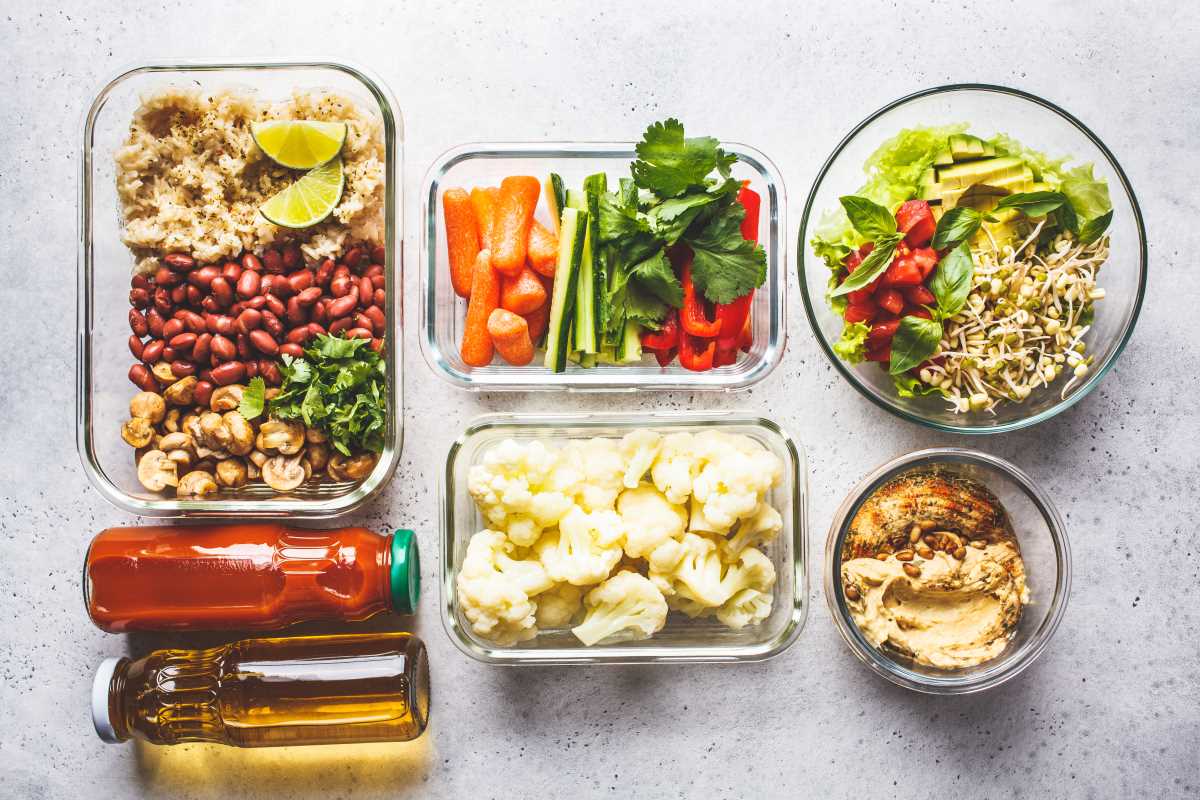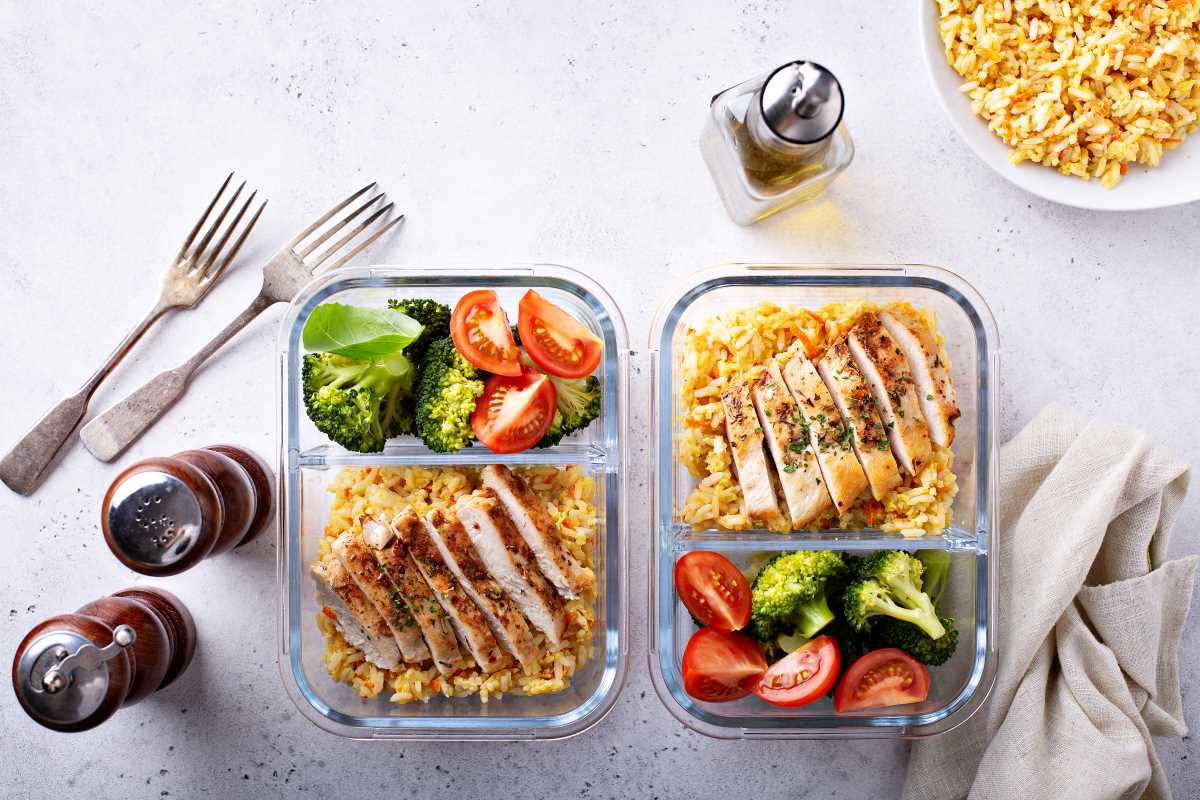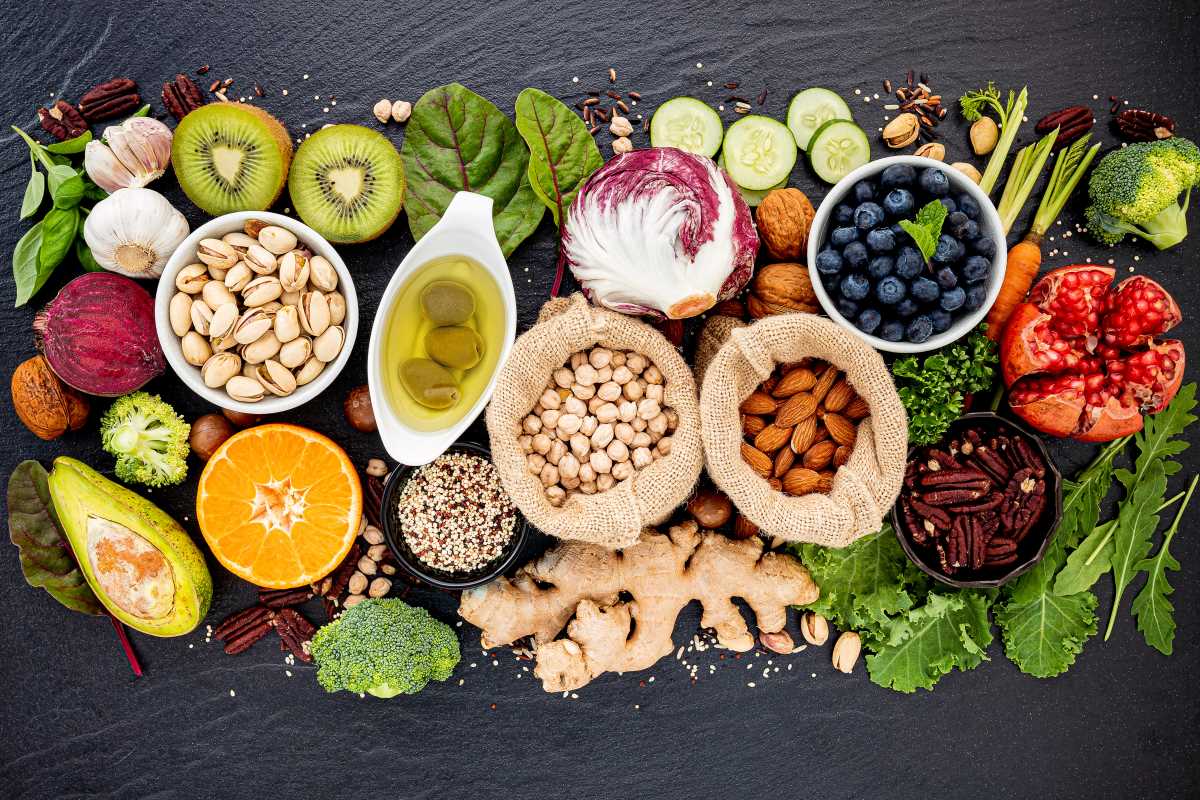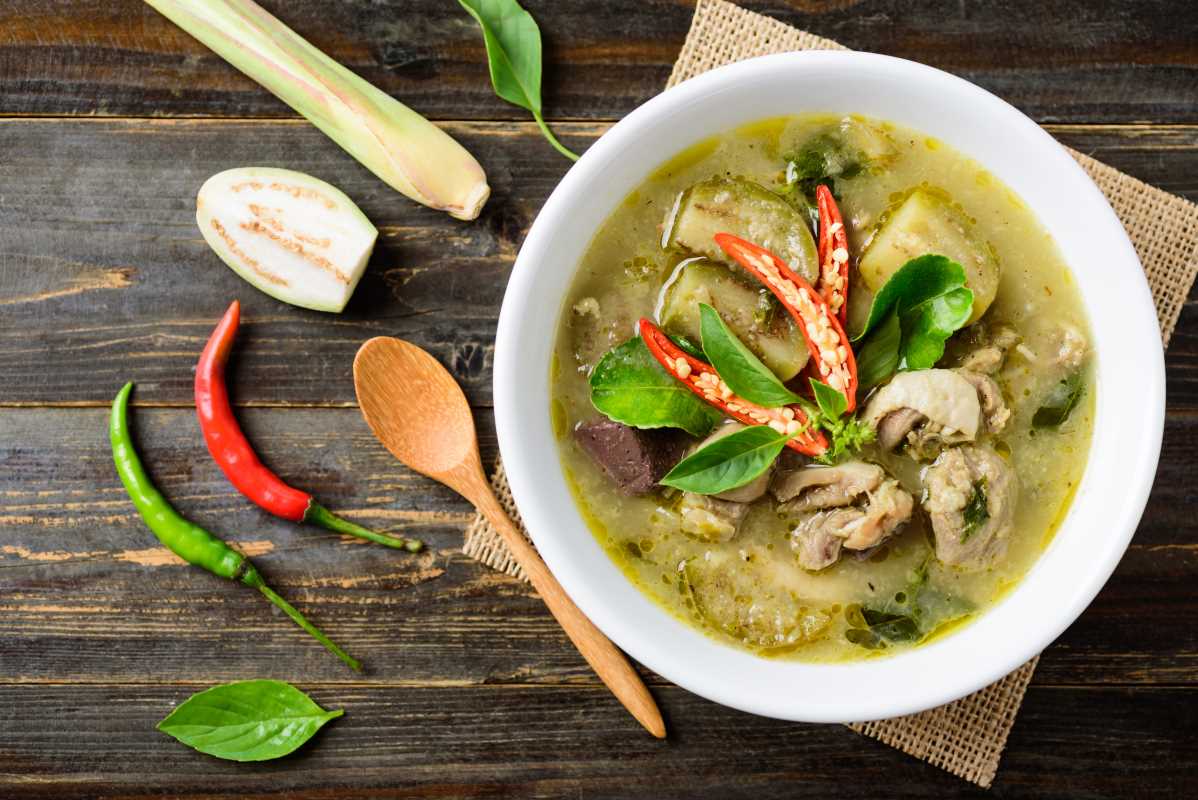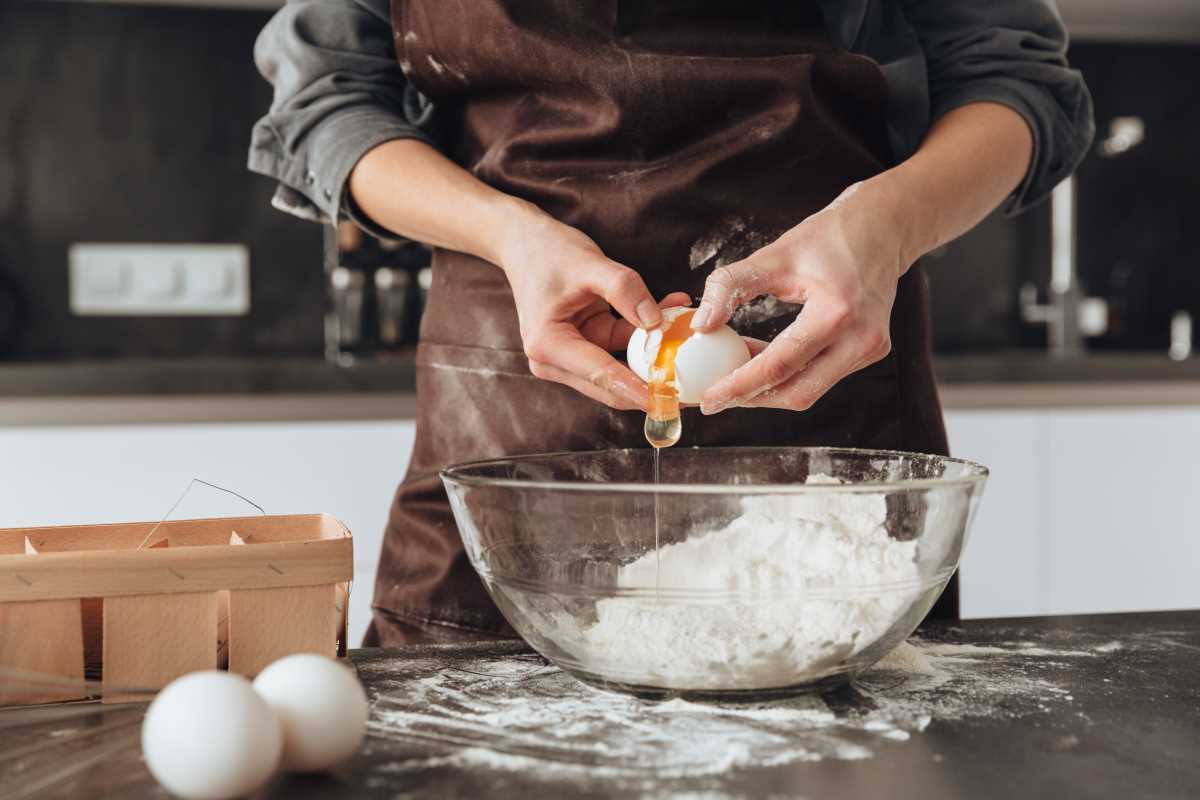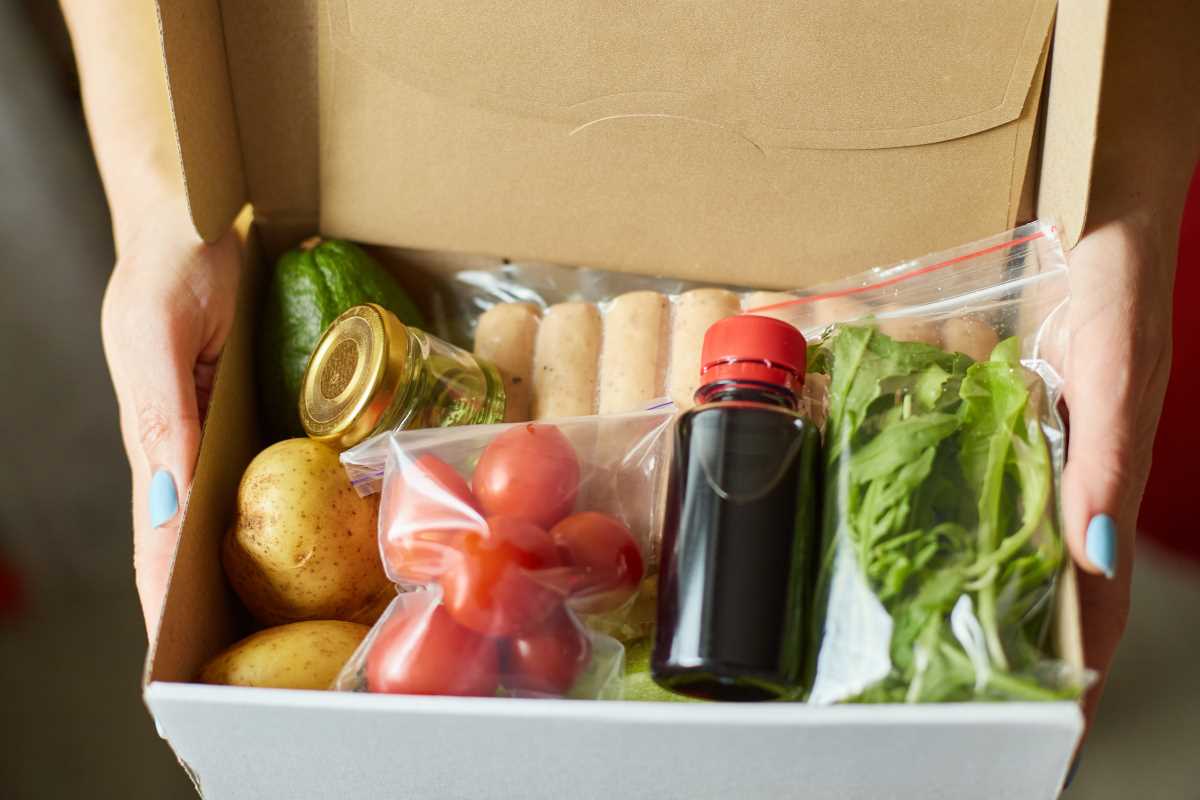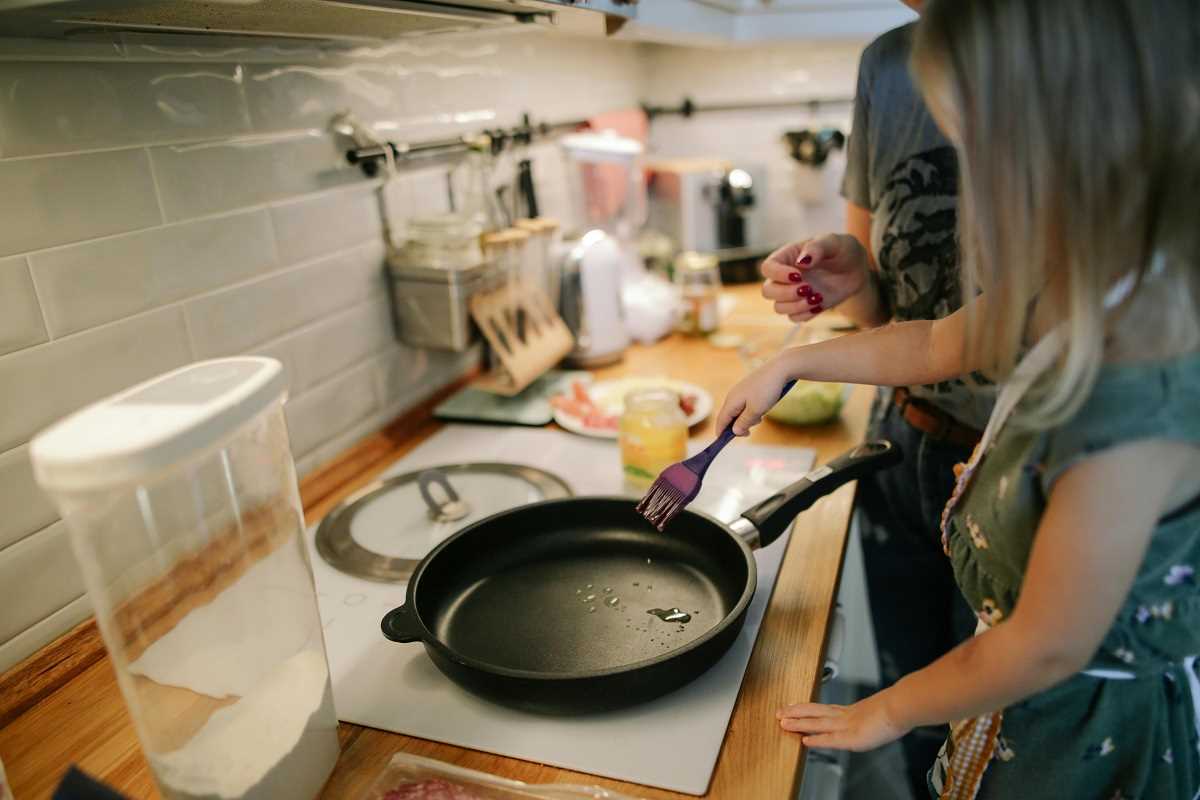Organizing your day with a solid meal plan and prepping food in advance can bring order to even the most chaotic routines. Batch cooking makes it easier to manage meals by allowing you to prepare several dishes at once, so you spend less time in the kitchen during the week. With meals already cooked and ready to go, you can enjoy more free time and reduce the daily stress of deciding what to eat. Knowing that healthy, delicious options are waiting for you in the fridge brings peace of mind, especially when your schedule feels overwhelming.
This approach lets you enjoy more quality time with loved ones and focus on your priorities. The effort invested upfront quickly yields countless benefits, making daily cooking less of a burden while ensuring you enjoy delicious, homemade meals every day.
What Is Batch Cooking and Why It Works
Batch cooking involves preparing large quantities of meals or components in one go, then dividing and storing them for consumption during the week. This method reduces daily cooking time and takes the stress out of deciding what to eat. By dedicating a single day to meal prep, you simplify decision-making and free up valuable time during the busy workweek.
Key benefits of this approach include:
- Saving significant time during the week
- Reducing daily stress about meal preparation
- Improving portion control and reducing food waste
- Giving yourself the freedom to experiment with diverse recipes
It allows you to shop more intelligently and minimizes last-minute culinary scrambles, keeping mealtimes exciting and healthy.
Essential Tools and Ingredients for Batch Cooking Success
Having the proper tools and a well-stocked pantry is crucial for successful batch cooking. Equipping your kitchen with must-have gadgets speeds up the process and ensures efficient use of ingredients. Organizing your workspace before starting helps create a smooth workflow that makes cooking less overwhelming.
Here is a list of tools and pantry basics that can boost your prep efforts:
- A large set of quality storage containers for proper portioning and storage
- A sharp knife set and cutting board to prepare ingredients quickly
- A slow cooker or instant pot for hands-off cooking
- A mixing bowl and measuring cups for precise recipes
- Staple pantry items such as rice, beans, pasta, broth, canned tomatoes, and a variety of spices
Keeping these essentials on hand ensures you’re ready to create nutritious meals with ease.
Planning Your Weekly Batch Cooking Strategy
Setting aside time to plan your week creates a roadmap for your meal preparation tasks and streamlines shopping and cooking. Begin by outlining your meals for the upcoming days, listing breakfast, lunch, dinner, and snacks. Visualizing the week’s menu can motivate you to try new recipes and mix familiar flavors in creative ways.
Use a planning template or checklist to track what needs to be prepped, from chopping vegetables to marinating proteins. A sample checklist might include:
- Deciding on recipes for each day
- Listing ingredients required for each dish
- Noting any special preparations such as pre-cooked grains or slow-cooked proteins
- Allocating specific blocks of time for cooking and storage
This structured approach allows you to quickly identify any needs and bottlenecks before you begin, keeping your process smooth and stress-free.
Step-by-Step Guide to Batch Cooking for the Workweek
Begin by identifying recipes that naturally lend themselves to batch cooking. Divide your process into phases: planning, prepping, cooking, and storing. Start with chopping and washing vegetables, marinating proteins, and assembling your ingredients according to the timeline outlined in your planning checklist. Organize your workspace so every tool and ingredient is ready for action.
A sample schedule might look like this:
- Morning: Gather all ingredients and set up your workspace
- Late Morning: Complete all necessary chopping, measuring, and portioning tasks
- Early Afternoon: Begin cooking dishes that take longer, such as stews or slow-cooked meats
- Mid-Afternoon: Focus on quicker recipes that can be finished fast
- Late Afternoon: Package meals into storage containers and label them with dates
This timeline provides a robust framework that keeps you on track and ensures that nothing is overlooked.
Time-Saving Batch Cooking Recipes to Try
Explore recipes that are versatile and can be easily adapted to personal tastes and dietary needs. For example, a hearty vegetable stew works great as a standalone dish when paired with rice or can serve as a base for protein-packed additions like shredded chicken or tofu. The beauty of such recipes is that small tweaks in seasoning or ingredients can entirely change the flavor profile.
Other creative ideas for batch cooking include:
- A chickpea and spinach curry that can be served over quinoa or brown rice, catering to both meat lovers and vegetarians.
- A pasta-based dish with a rich tomato sauce loaded with vegetables and optional meatballs or vegan meat substitutes.
- A versatile stir-fry that allows for multiple combinations of vegetables and proteins, adaptable with soy sauce, chili, or teriyaki glazes.
- A breakfast casserole packed with eggs, vegetables, and your choice of cheese or dairy-free alternatives for a robust start to your day.
Feel free to experiment by substituting ingredients such as swapping *almond milk* for dairy milk in a sauce or using gluten-free pasta in your recipes. This flexibility ensures your dishes always suit your dietary preferences and taste cravings.
Tips to Keep Meals Fresh and Exciting All Week
Keeping meals both fresh and exciting requires a few smart tactics. Rotate proteins and veggies to maintain variety, and store your meals in clear containers so it's easy to see what you're planning to reheat. Experiment with different sauces and garnishes to revitalize dishes and prevent them from feeling repetitive. Remember to cool items completely before sealing the containers to help retain flavor and texture.
Other practical tips include:
- Label containers with meal details and dates to keep track of freshness
- Reheat dishes using gentle heat settings to maintain texture and moisture
- Add fresh herbs or lemon zest before serving to liven up flavors
- Mix and match sides to create new meal combinations throughout the week
Staying organized and planning thoughtful variations can help you consistently discover new ways to enjoy batch cooking for a seamless workweek, ensuring each meal feels like a treat.
Batch cooking offers an efficient and enjoyable way to handle meal times, transforming routine lunches and dinners into simple experiences. With some planning and creative touches, you can cook stress-free throughout the week.
This method frees up your schedule and lets you enjoy delicious meals every day.
